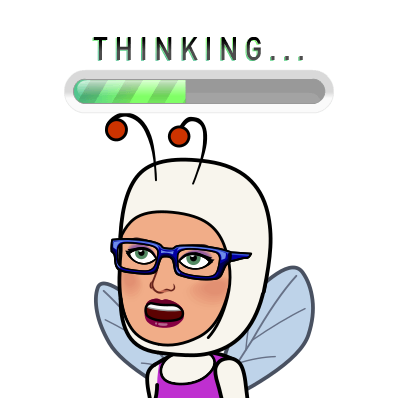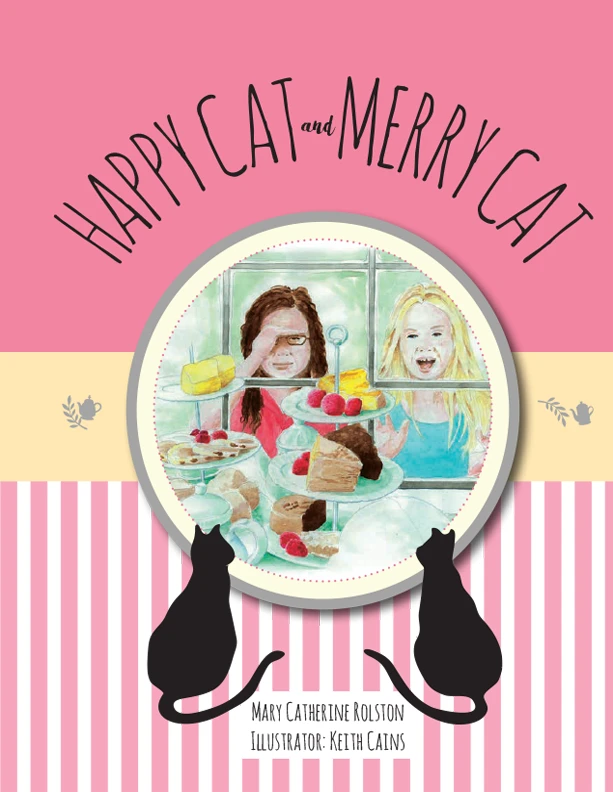Happy Cat & Merry Cat
This is the story of two spunky best friends named Catherine. They are nicknamed Happy Cat and Merry Cat. They love to dress up, drink tea and eat sandwiches and sweets. Their dream is to experience high tea. They devise a plan to earn money to make their dream a reality. Once in the tea shop munching on the delicacies, they are caught by their moms. They learn an important safety lesson.
Available at:
Inspiration for the Story
Inspiration for the story….came from a friend of mine named Katherine. Since she exuded joy celebrating any occasion with song and laughter, I nicknamed her Happy Kat. During the summers when we weren’t teaching, we would go for tea talking about one day owning our own tea shop. I began to imagine what it would be like if we were two little girls and poof, out popped this story, and subsequently, two more stories, Happy Cat and Merry Cat Meet Merry-Lynn and Happy Cat and Merry Cat Answer, Who’s Steering Your Ship?”.


A self-portrait by Keith Cains
About the Illustrator
Keith has always drawn and painted. As a child, after the war when here were shortages of so many things, he would paint Christmas cards for the family to send to friends and relatives. In the early days most of his work involved pencil drawings and later he did many pen and ink drawings. This was complimented by his work as a draftsman for many years.
In recent years Keith has been drawn into the fascinating and often frustrating world of watercolour painting. He says sometimes it seems like the paints have a mind of their own which can often lead to surprising results, sometimes good and sometimes not so good. Keith draws inspiration mostly from the natural world, landscapes, seascapes, birds and animals in particular but recently he has turned his hand to portraits and figure painting. He sees each new painting as an exciting journey, never sure of where the path will lead but always interesting and rewarding. His immediate ambition is to embark on some large scale works which he sees as particularly challenging for the watercolour painter. Maybe he just needs larger brushes. Now, if he can just get the cat to move off his drawing-board…..
He has participated in the Sidney Fine Art Show several times and in 2015 earned Honorable Mention for his work titled “Family Elephant”.
Guide for Reading: PRC
Predictions, Reflections and Connections
Predictions
Predicting is an essential tool when developing as a strong reader. This story has been written to hook the young audience in engaging in predictable events.


Reflections
Reflecting throughout a book makes the story extra personal and come alive. It reflects a reader’s level of comprehension. A more thoughtful and complex reflection and connection reveal a higher understanding of the story. They also help reinforce one’s memory sequence which forms the basis of a retelling with more detail and reference to nuance. A simple and literal retelling reflects a more simplistic understanding.
Connections
Making connections facilitates a deeper understanding of a story through making inferences, noting details and relating them to prior information. It is seeing, linking, and articulating other topics and events to the story. The reader is applying this reading experience to other learned information. Often when making connections the reader will arrive at exciting new insights that extend beyond the literal story.



